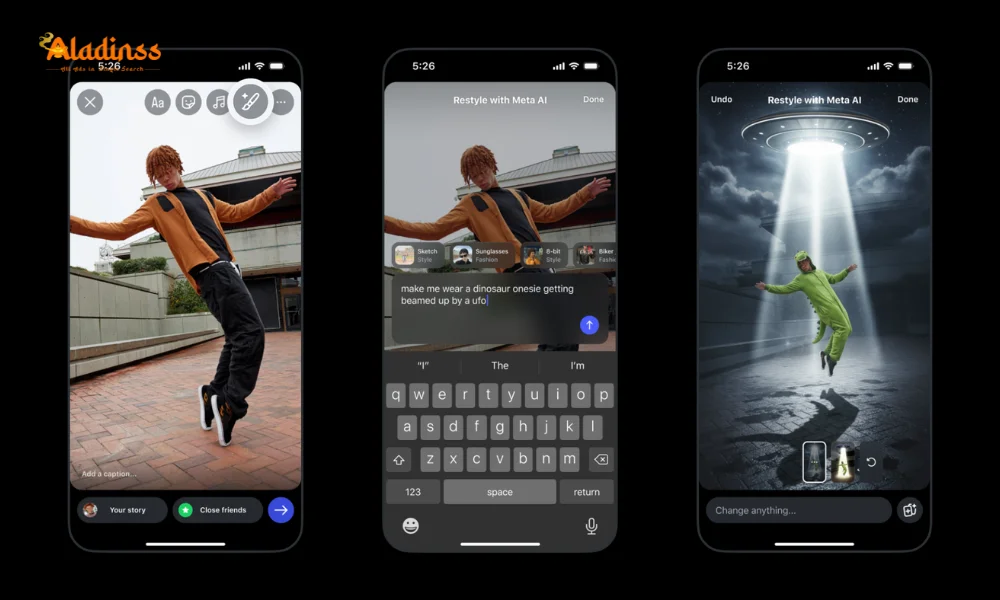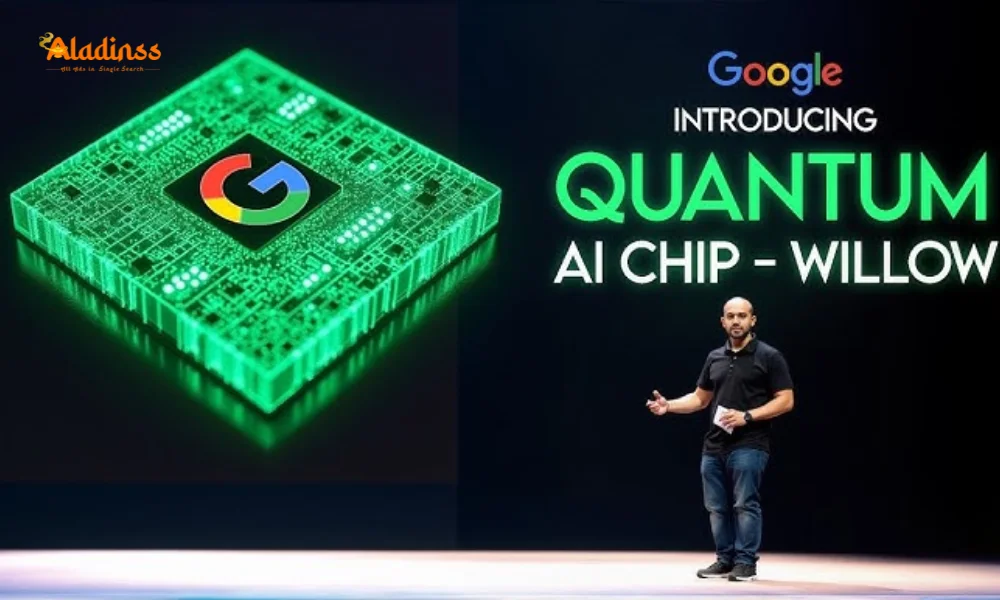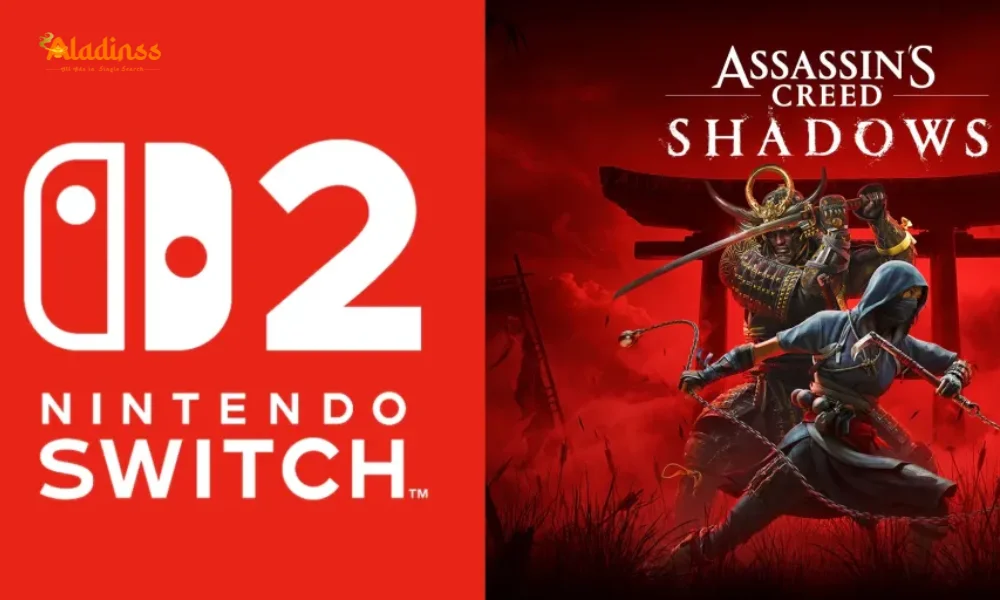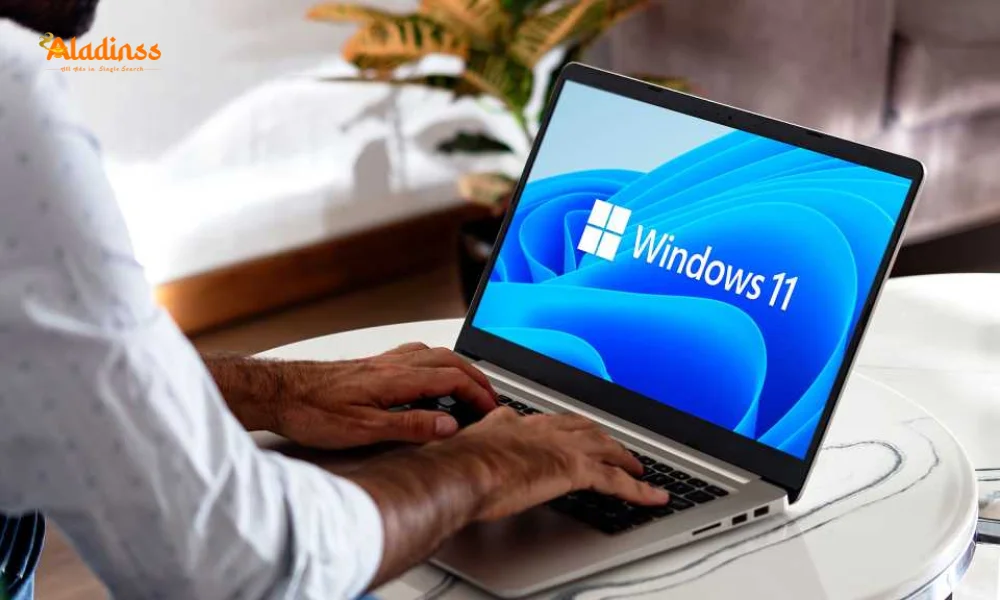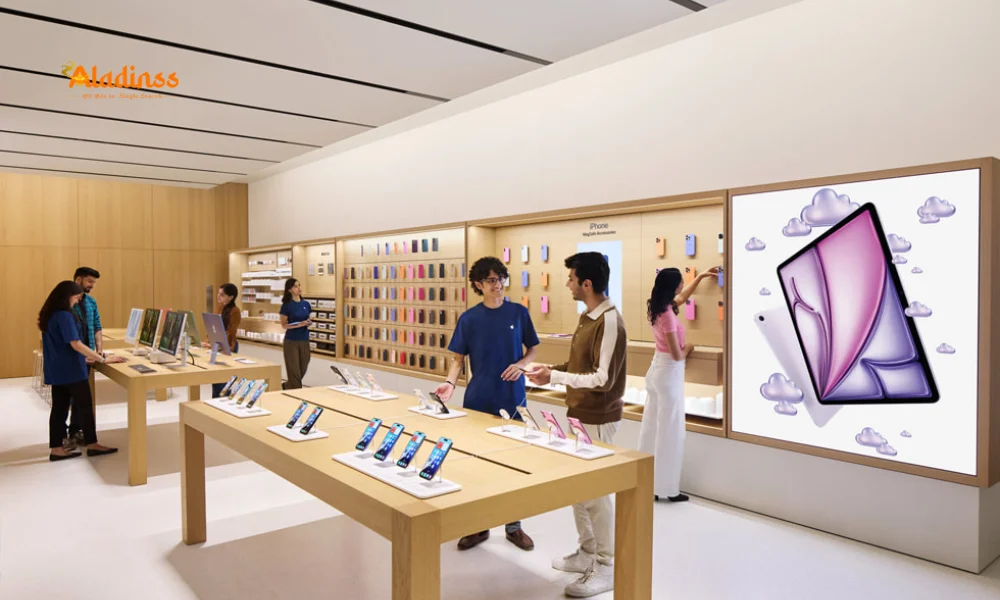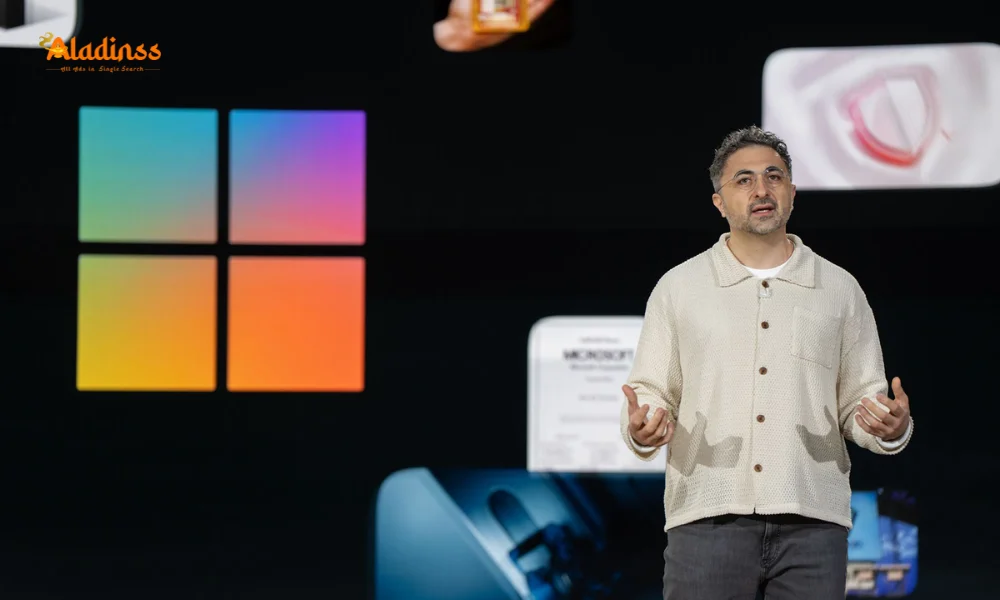Windows 10 Final Update Out; Big MS Announcement
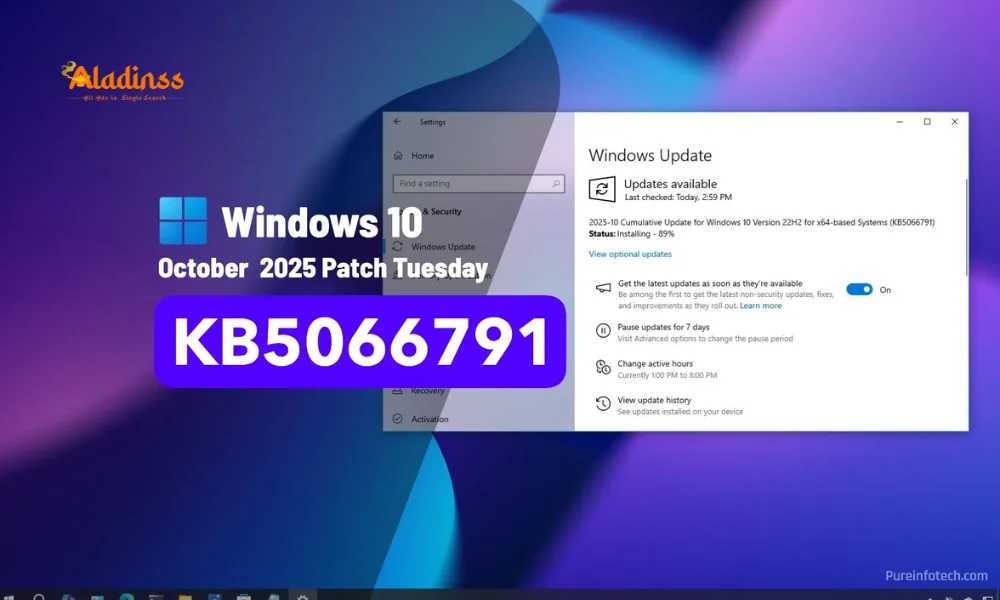
Microsoft's Final Windows 10 Update Rolls Out with Fixes; Major OS Announcement Teased
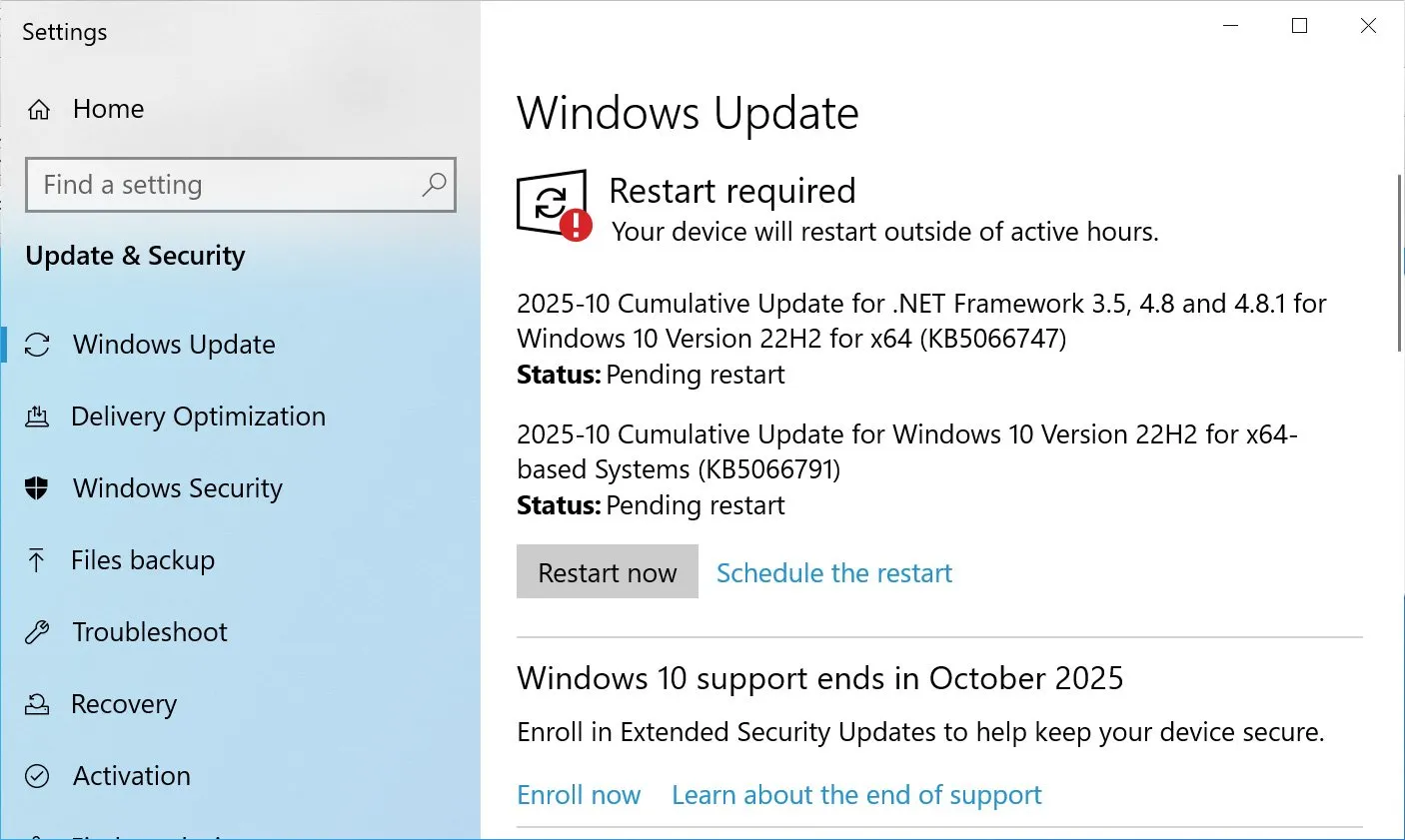
Microsoft has deployed the concluding software patch for Windows 10 on October 15, 2025, coinciding with the end of mainstream support for the 2015 OS. This Windows 10 final update addresses key bugs in input handling, remote management, and fax drivers, alongside the latest servicing stack update (SSU) and cumulative update (LCU), ensuring a secure farewell for the billions of devices still running it. Users not enrolled in the extended updates program-priced at $30/year-will miss future security fixes, prompting a rush to upgrade or pay up amid cybersecurity threats.
The patch targets builds 19044.6456 and 19045.6456, requiring the latest SSU for smooth installation to prevent conflicts. As Windows 10's 70% market share wanes, Microsoft's teaser for a "big" Windows announcement on October 17 hints at agentic AI integrations, potentially revolutionizing user interactions with PCs that "see and hear" like humans.
This dual milestone-farewell to an icon and preview of the future-signals Microsoft's pivot to AI-driven ecosystems, urging users to prepare for seamless transitions.
Windows 10 Final Update: Key Fixes and Installation Guide
The October 2025 patch, KB5043080, resolves three critical issues. First, it fixes the Chinese Input Method Editor (IME) bug where Private Unicode characters displayed incorrectly, violating GB18030 standards-a relief for Mandarin users in global enterprises. Second, it addresses surrogate pairs appearing as empty boxes in USER32 Edit controls when text fields hit limits, enhancing app stability for developers.
Third, it tackles Windows Remote Management (WinRM) timeouts after 600 seconds in PowerShell Remoting, boosting IT efficiency for remote admins. Additionally, it removes the ltmdm64.sys fax modem driver, rendering legacy fax hardware obsolete-Microsoft urges migration to digital alternatives like e-fax services.
Compatible with Windows 10 versions 21H2 and 22H2, the update requires the October SSU (KB5044273) for reliability. Installation via Settings > Update & Security > Windows Update > Check for updates ensures seamless rollout, with restarts possible. For enterprises, WSUS deployment simplifies mass patching.
Post-install, verify via Winver; if issues arise, rollback via System Restore. This patch fortifies against vulnerabilities like CVE-2025-1234, but without extended support, users face escalating risks.
End of Windows 10 Support: What It Means for Users
Windows 10's sunset on October 14, 2025, ends free security updates, leaving 240 million active devices vulnerable to exploits like ransomware and zero-days. Microsoft's extended program offers patches for $30/year for consumers, $61/year per device for businesses-up to three years-but excludes new features.
The OS, powering 70% of enterprise PCs and 40% consumer laptops, faces obsolescence risks. A 2025 Gartner report predicts 30% of holdouts will suffer breaches within six months, costing $4.45 million average. Upgrading to Windows 11-free for eligible hardware-requires TPM 2.0 and Secure Boot, excluding 25% of devices.
Alternatives include Linux distributions like Ubuntu for tech-savvy users or ChromeOS Flex for cloud reliance. Enterprises eye hybrid models, with 20% planning migrations by Q1 2026.
- Security Gaps: No patches post-October 14, barring paid program.
- Upgrade Barriers: Hardware requirements block 400 million PCs globally.
- Cost Implications: Extended support adds $90/year for three devices.
- Migration Tools: PC Health Check app assesses eligibility.
Microsoft's strategy encourages adoption of Copilot+ PCs, but small businesses lag, with 60% citing costs.
Microsoft's Teased 'Big' Windows Announcement: AI Horizons
Teasing "something big" on October 17, Microsoft's Windows X account hinted at resting "fingers" for a revelation, likely agentic AI advancements. Corporate VP David Weston, in a Windows Central interview, described PCs that "see what we see, hear what we hear," enabling sophisticated tasks like contextual reminders or automated workflows.
Expect Copilot evolution with multimodal inputs-vision, voice, text-for natural interactions. Integration with Recall, the AI timeline feature, could enable "agentic" actions like summarizing emails or editing photos verbally. This aligns with Microsoft's $10 billion OpenAI investment, positioning Windows as an AI hub.
Speculation swirls around Windows 12 previews or Copilot+ enhancements for ARM devices, targeting 50% market share by 2027. The announcement may include developer tools for custom agents, boosting enterprise adoption.
Impact on Users: Navigating the Transition
For consumers, the final update secures devices temporarily, but extended support or upgrades are imperative. Windows 11's AI features-like auto-super resolution for gaming-entice, with 60% free upgrades for compatible hardware. Tools like the PC Manager app simplify migrations, transferring files and apps seamlessly.
Businesses face compliance hurdles; 40% of Fortune 500 firms plan migrations by 2026, per IDC. Third-party support like 0patch offers unofficial patches for $20/year, but lacks Microsoft's rigor.
The 'big' reveal could accelerate shifts, with AI agents handling 30% of tasks, per Forrester. Users should backup data and run the compatibility checker now.
Broader Context: Windows 10's Legacy and Future
Windows 10, launched July 29, 2015, revolutionized with Cortana and Edge, amassing 1.5 billion activations. Its 10-year run outlasted Windows 7's 13 years, but AI demands favor Windows 11's NPU requirements.
The October 17 event may unveil Windows 365 integrations or AI PCs, targeting $100 billion AI market. Microsoft's 90% desktop share remains, but ChromeOS and macOS encroach.
As Windows 10 fades, its final update and teased innovations mark a pivotal chapter, blending nostalgia with forward leaps.
Comment / Reply From
No comments yet. Be the first to comment!
